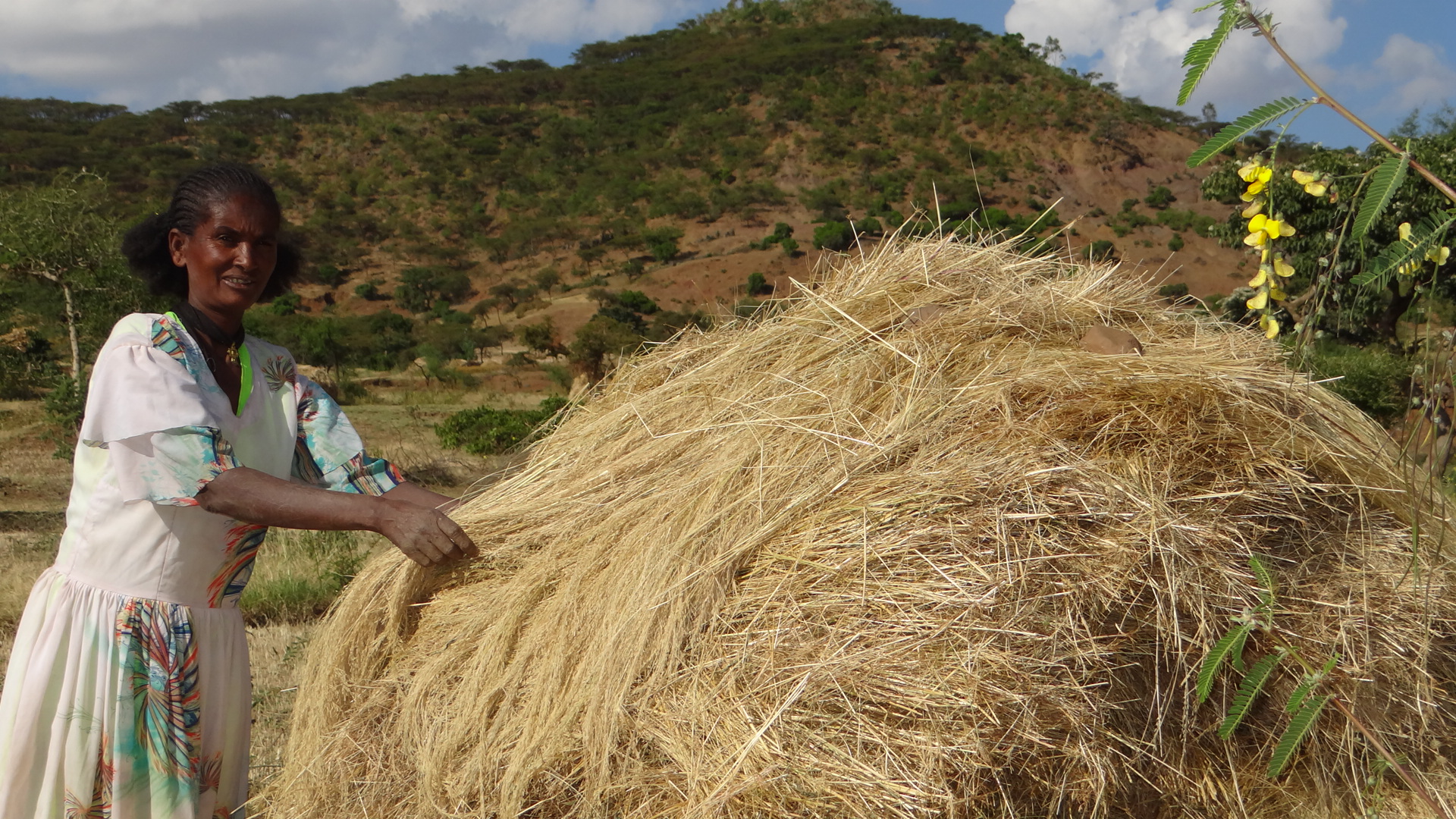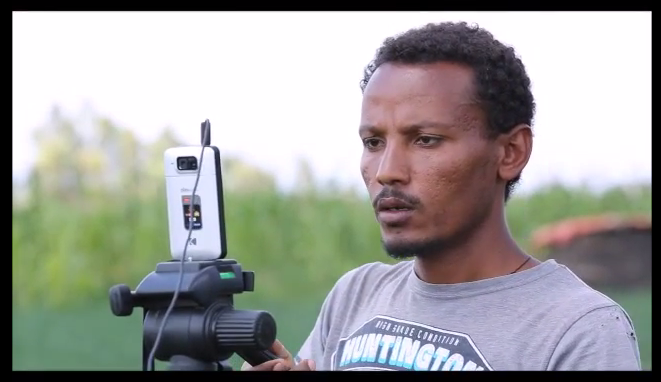Contributed by Ajinkya Deshmukh, Program Manager
As I sat at my desk in the Delhi office after 21 days, submitting my trip reports and filing my monthly timesheet, I noticed I hadn’t taken a single leave in the month of March, and yet, I was barely in office. I looked at my travel calendar and realised I’d criss-crossed the country for work. From a district in the central Indian Vidharbha region to a small seaside town along the Konkan coast in western India, finally ending with an organisational retreat in the eastern state of Bihar. These were places that dont feature in the everyday imagination of urban India and travelling to them is its own reward.
Kelwa is one such place. Barely three hours north of Mumbai, the sleepy town is at once charming and forgotten. A fortnight ago, I was there with two other colleagues to kick off Digital Greens work with the Maharashtra State Rural Livelihoods Mission (aka Umed). We were to begin working in the districts of Thane, Palghar and Nandurbar. The project would focus on video documenting and disseminating best practices around cotton, soyabean, goatery, and non-farm livelihoods activities in 114 villages in the target districts.
We arrived in the dead of the night, trying to locate our beachside hotel by listening for the sea. As dawn broke, we saw the breathtaking beach only a 100 metres from our hotel.

Over the next week, between long meetings and video production training sessions, we made time to swim in the sea, ride horse-drawn tongas, eat delicately cooked Bombay Duck, and meet some great people (like this brother-sister duo collecting crabs for dinner from under rocks at low tide)!

The programme launch meeting with representatives from all three districts and the video production training were a resounding success. At the end of the week, we were able to map the future course of action for our work in western Maharashtra, and also produce two videos in Marathi on seed selection and the preparation of beejamrut (an organic concoction used to treat seeds before sowing).

What had seemed like just another work trip had offered up so much more! The opportunity to travel had cast new light, literally and figuratively, on the everyday churn of events. I left Kelwa feeling refreshed and rewarded, despite a most hectic work schedule eagerly looking forward to the next time work brought me here.

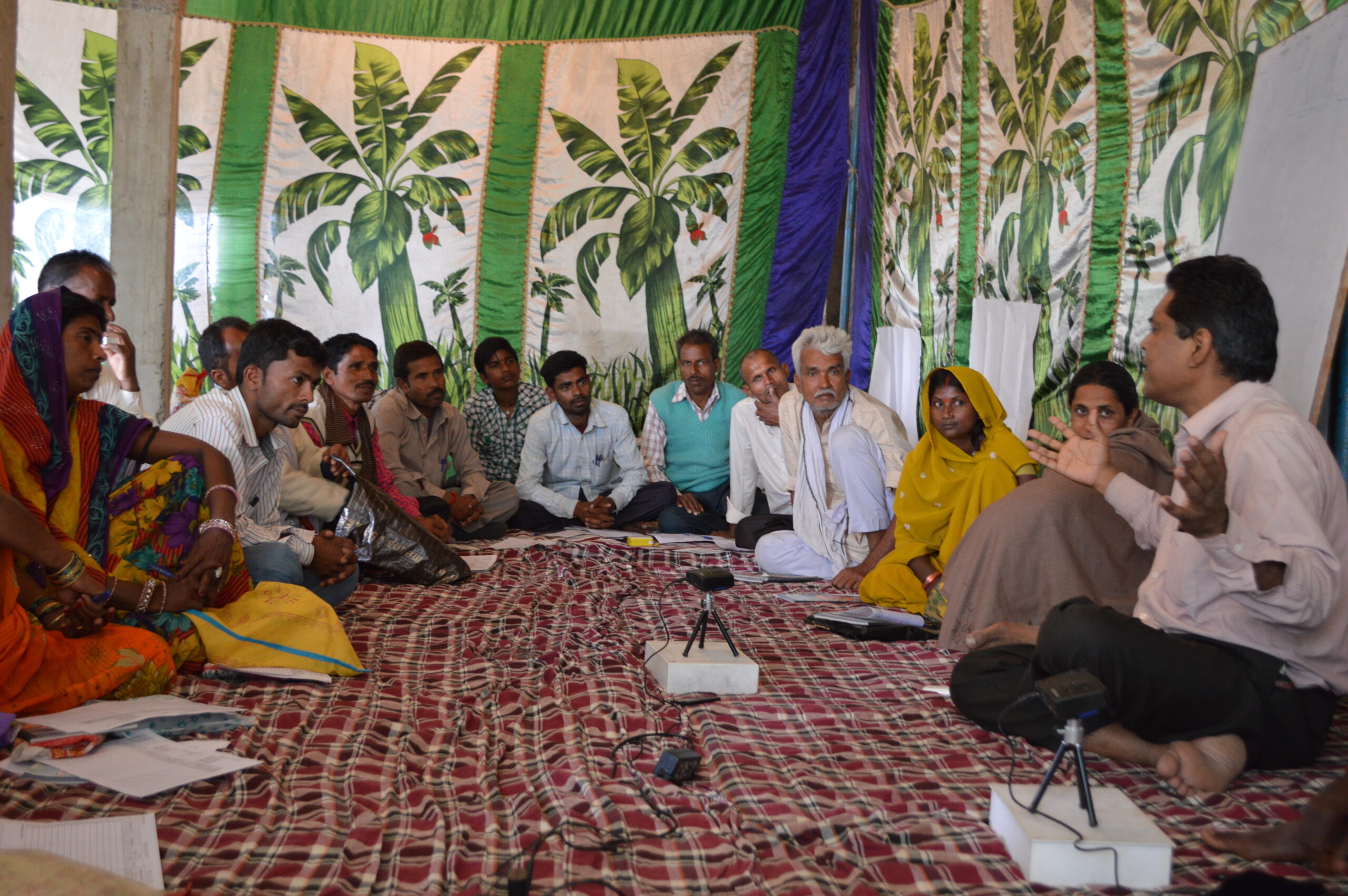

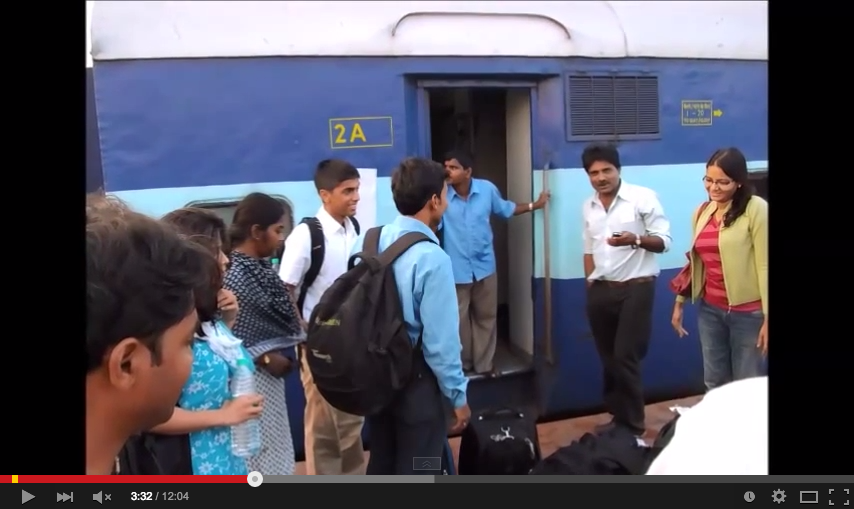
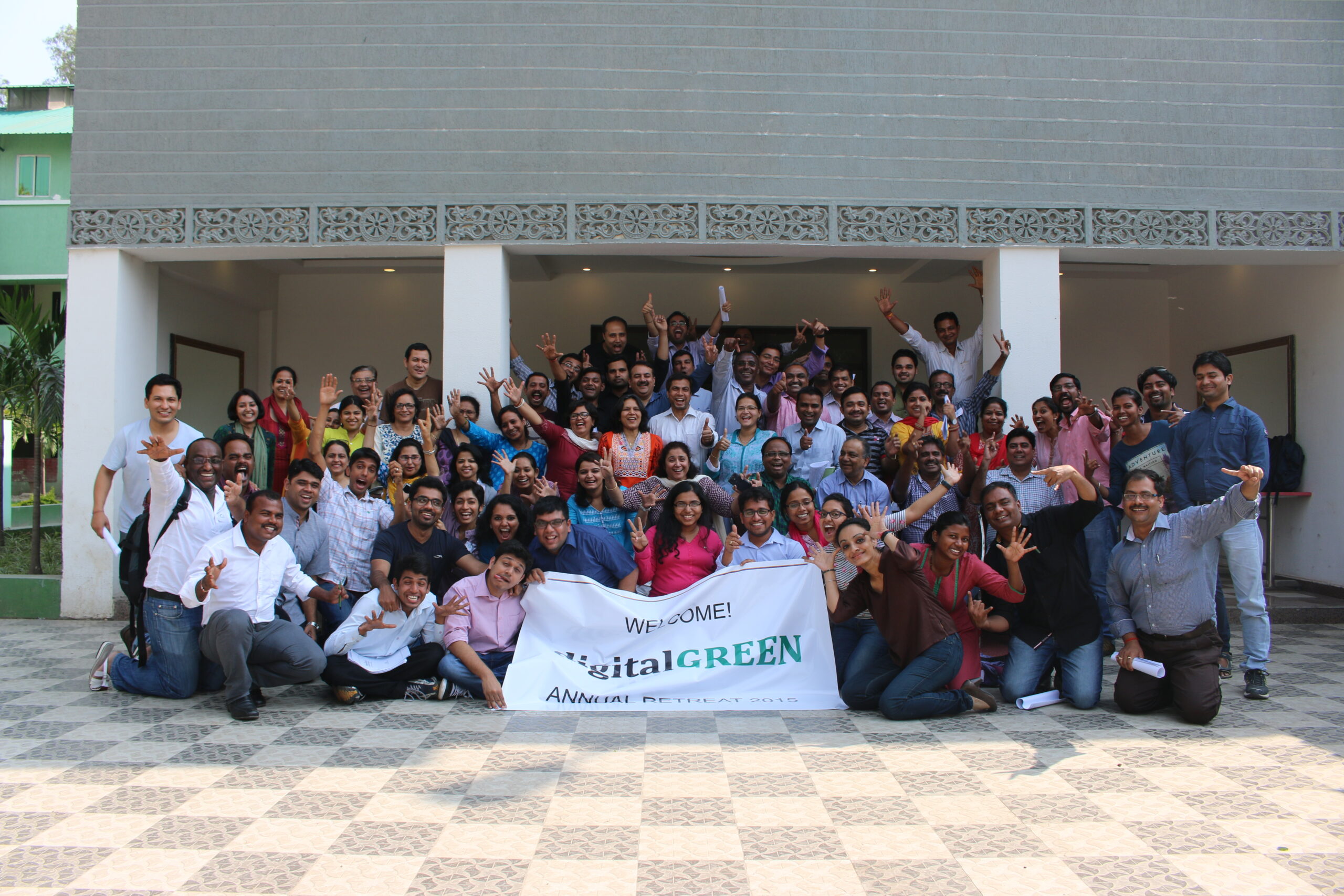

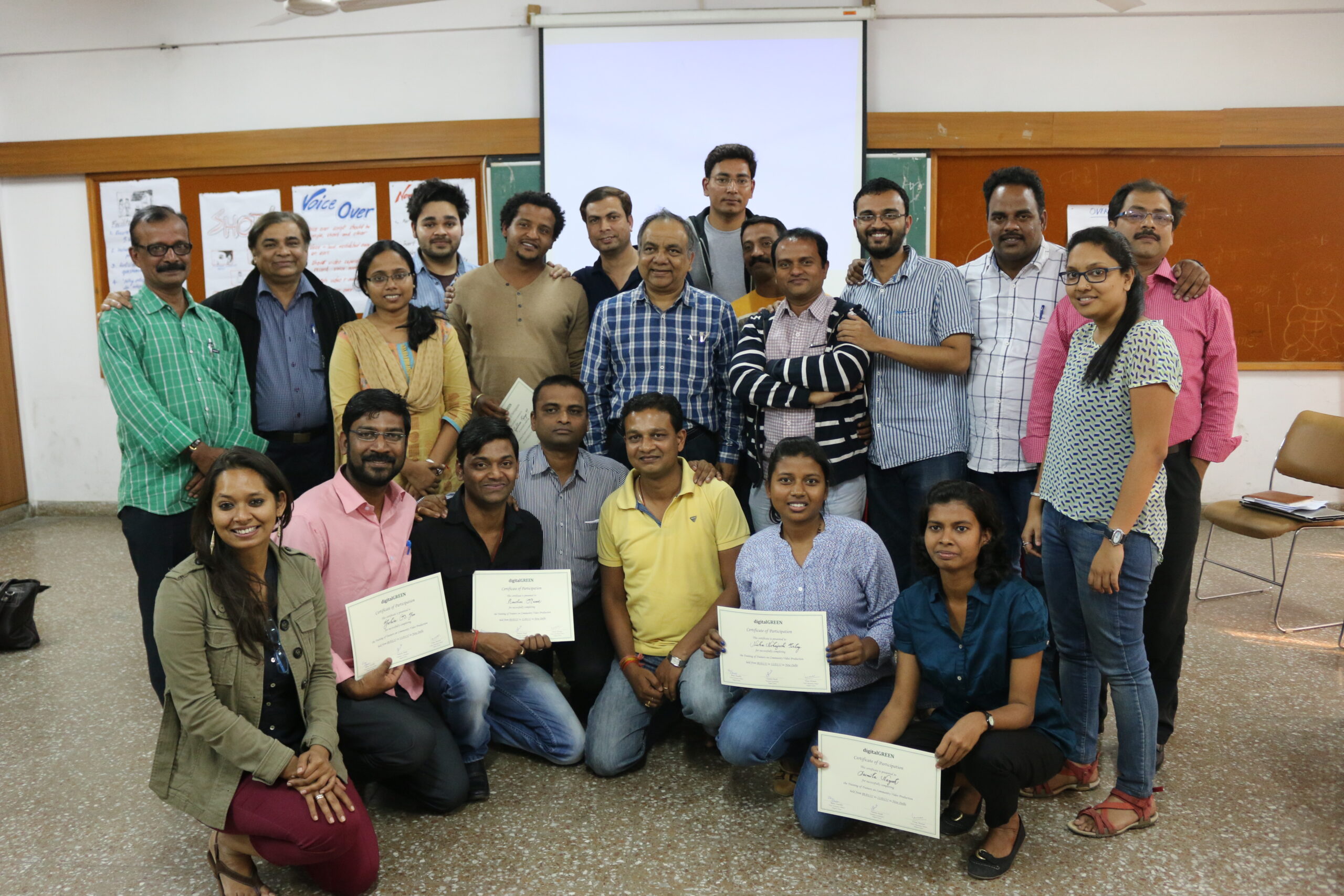

 Second half of this day focused on storytelling, where we asked people to go wild with their creativity. We mostly make videos on agriculture, health and nutrition practices, which sometimes gets monotonous and people find it hard to break the pattern and come up with different ideas for their videos. We wanted the participants to start thinking afresh to get out of their monotony. They went so wild with it that we ended with stories about pink baby dragons, politicians and toothache! There was much more on storytelling and narrative techniques the next day. The groups worked on their skills to develop interesting first person and third person narratives with proper beginning, middle and end sequences. Some used voice-overs to talk about road safety and others about benefits of yoga. All the videos generated much laughter (and I believe brought down the stress levels of the participants substantially!), but were also reviewed critically by the facilitators and other participants on technical and conceptual aspects.
Second half of this day focused on storytelling, where we asked people to go wild with their creativity. We mostly make videos on agriculture, health and nutrition practices, which sometimes gets monotonous and people find it hard to break the pattern and come up with different ideas for their videos. We wanted the participants to start thinking afresh to get out of their monotony. They went so wild with it that we ended with stories about pink baby dragons, politicians and toothache! There was much more on storytelling and narrative techniques the next day. The groups worked on their skills to develop interesting first person and third person narratives with proper beginning, middle and end sequences. Some used voice-overs to talk about road safety and others about benefits of yoga. All the videos generated much laughter (and I believe brought down the stress levels of the participants substantially!), but were also reviewed critically by the facilitators and other participants on technical and conceptual aspects..jpeg) On the last two days of the training, the participants were divided into groups of four, each group to develop a 8-10 minute story on a topic of their choice. The first day was for shooting and the second day was for editing. The day for the shoot began early in the morning at 6:30 AM. Groups came up with stories on female foeticide, gender inequity, foreign tourists in India and alcoholism. All the groups worked hard to make their video the best. While there was a lot of excitement to shoot their videos creatively, the participants were also particular about the technical quality, checking and re-checking their shots to ensure that sound has been recorded properly and the visuals look fine.
On the last two days of the training, the participants were divided into groups of four, each group to develop a 8-10 minute story on a topic of their choice. The first day was for shooting and the second day was for editing. The day for the shoot began early in the morning at 6:30 AM. Groups came up with stories on female foeticide, gender inequity, foreign tourists in India and alcoholism. All the groups worked hard to make their video the best. While there was a lot of excitement to shoot their videos creatively, the participants were also particular about the technical quality, checking and re-checking their shots to ensure that sound has been recorded properly and the visuals look fine.